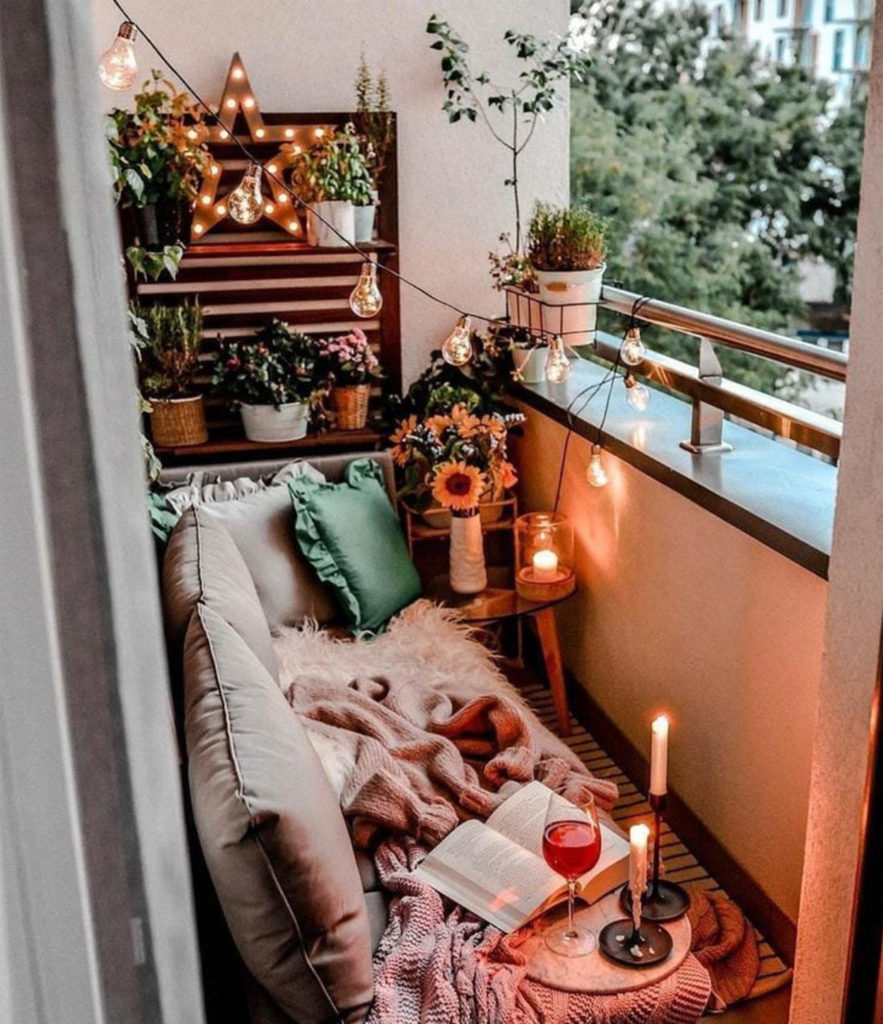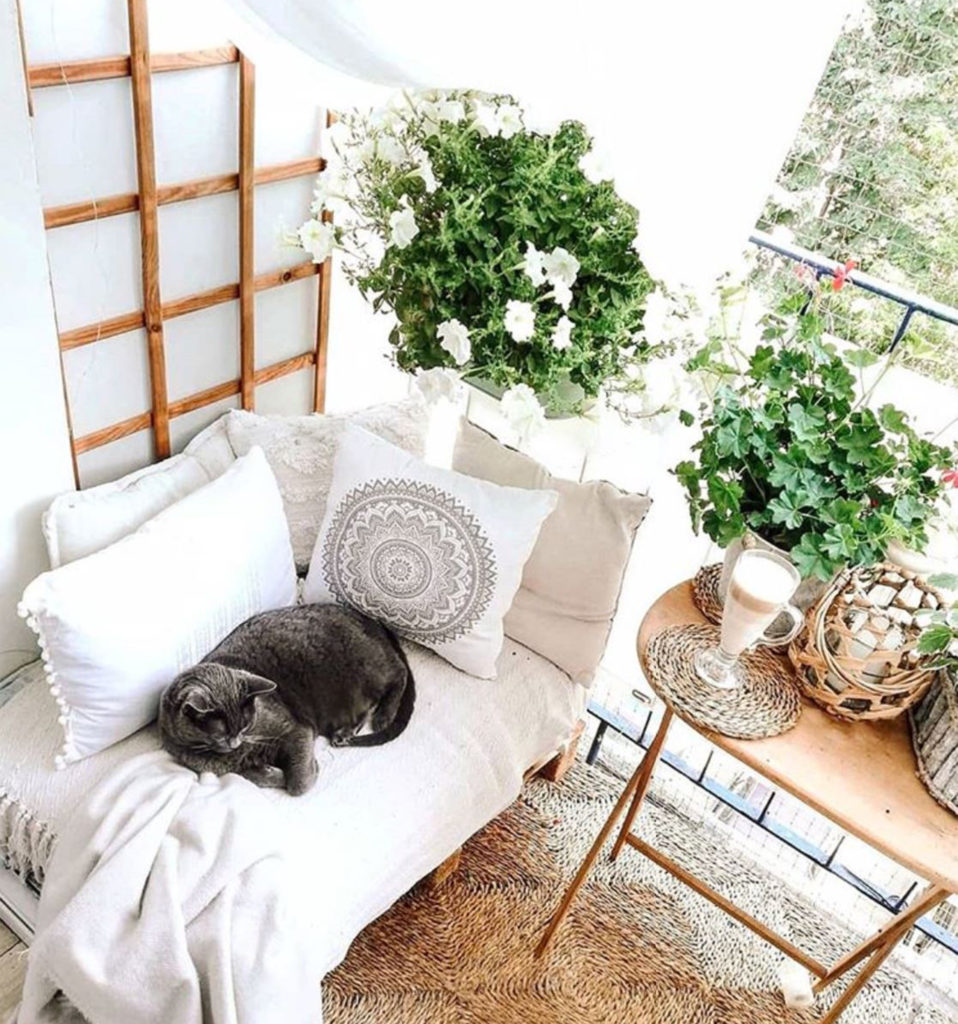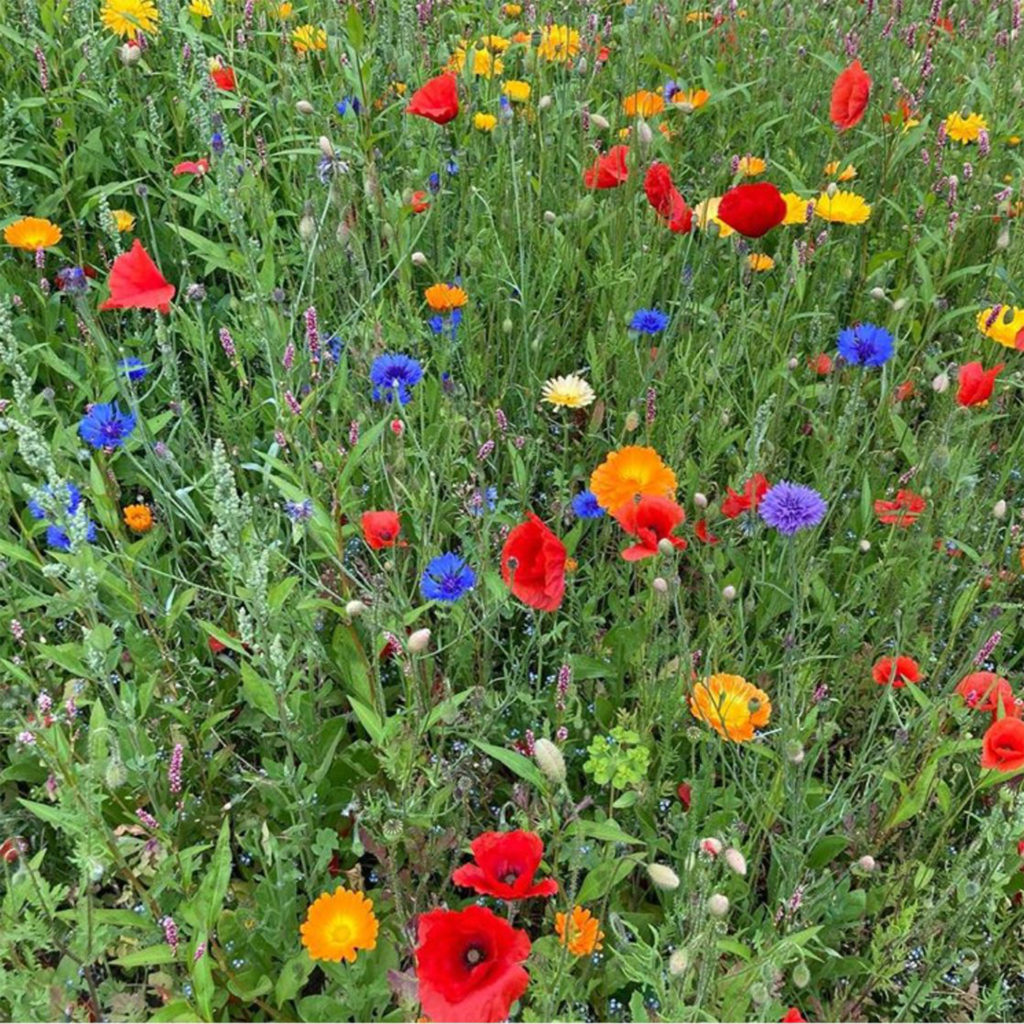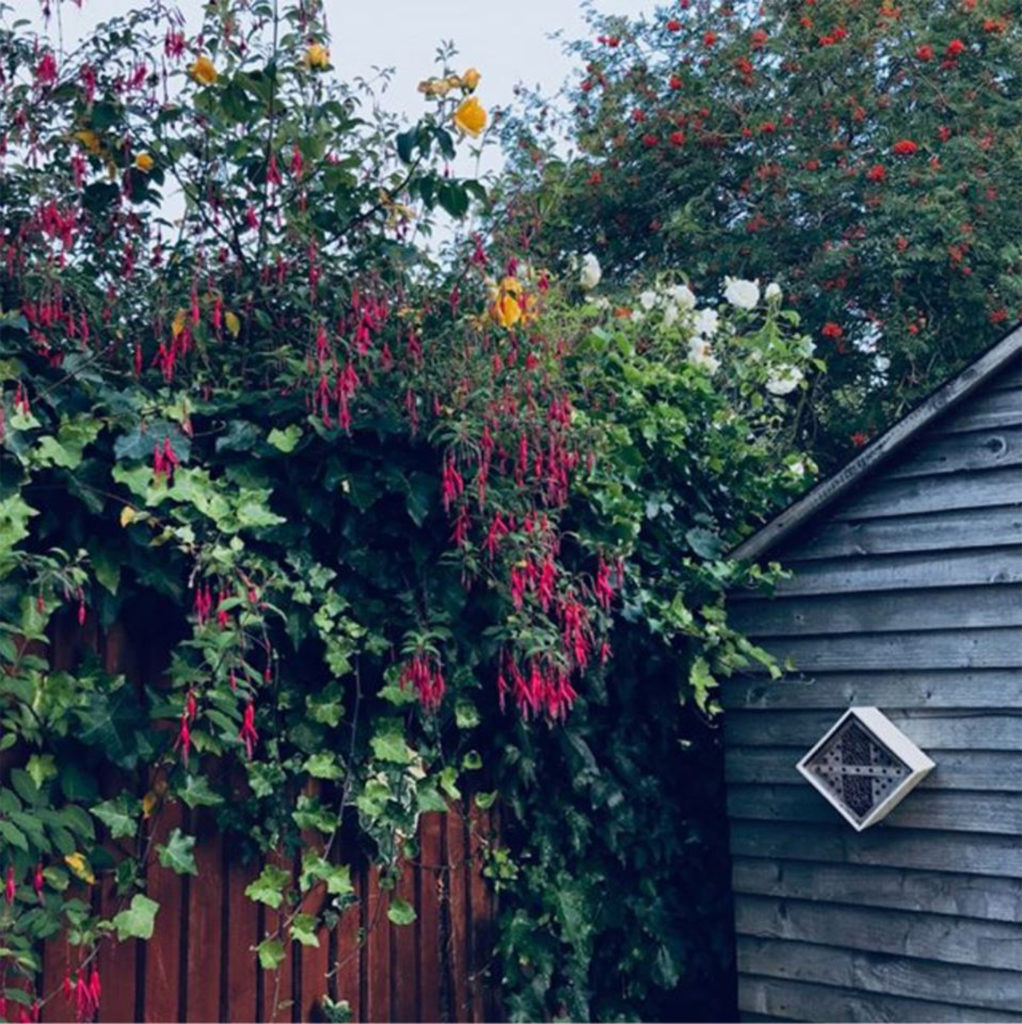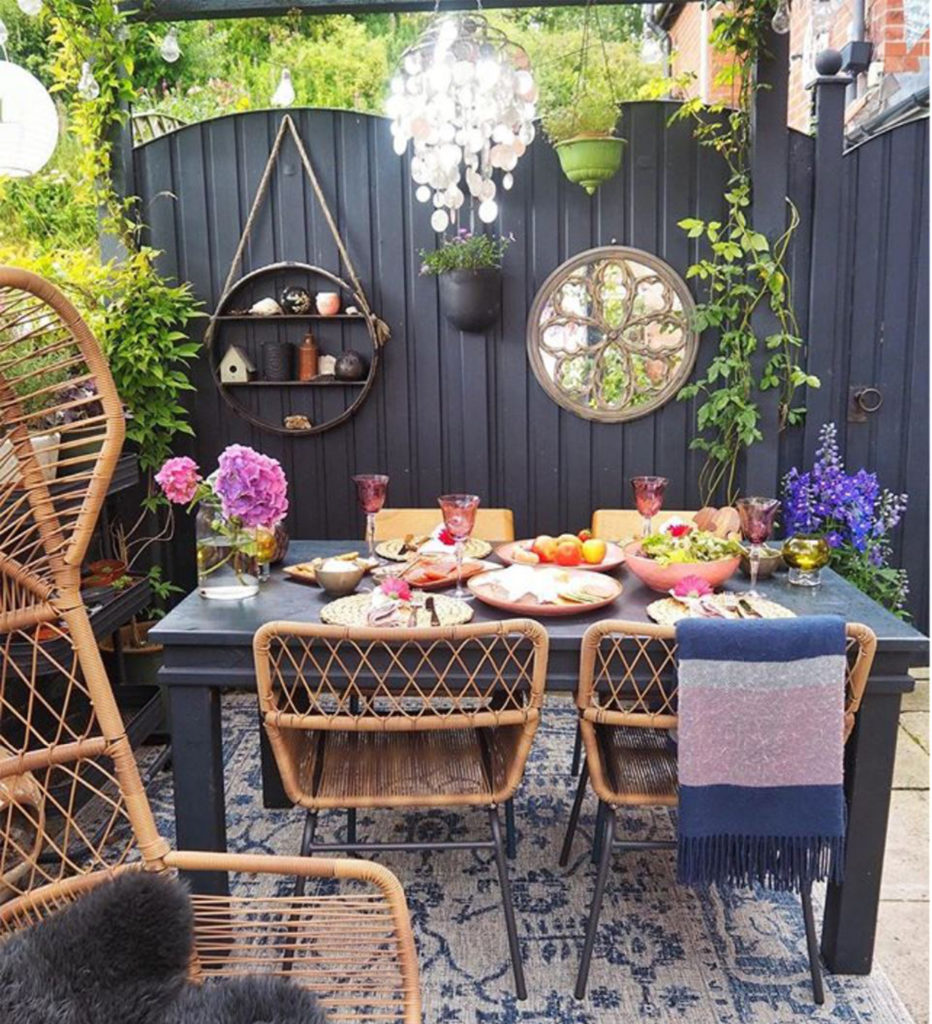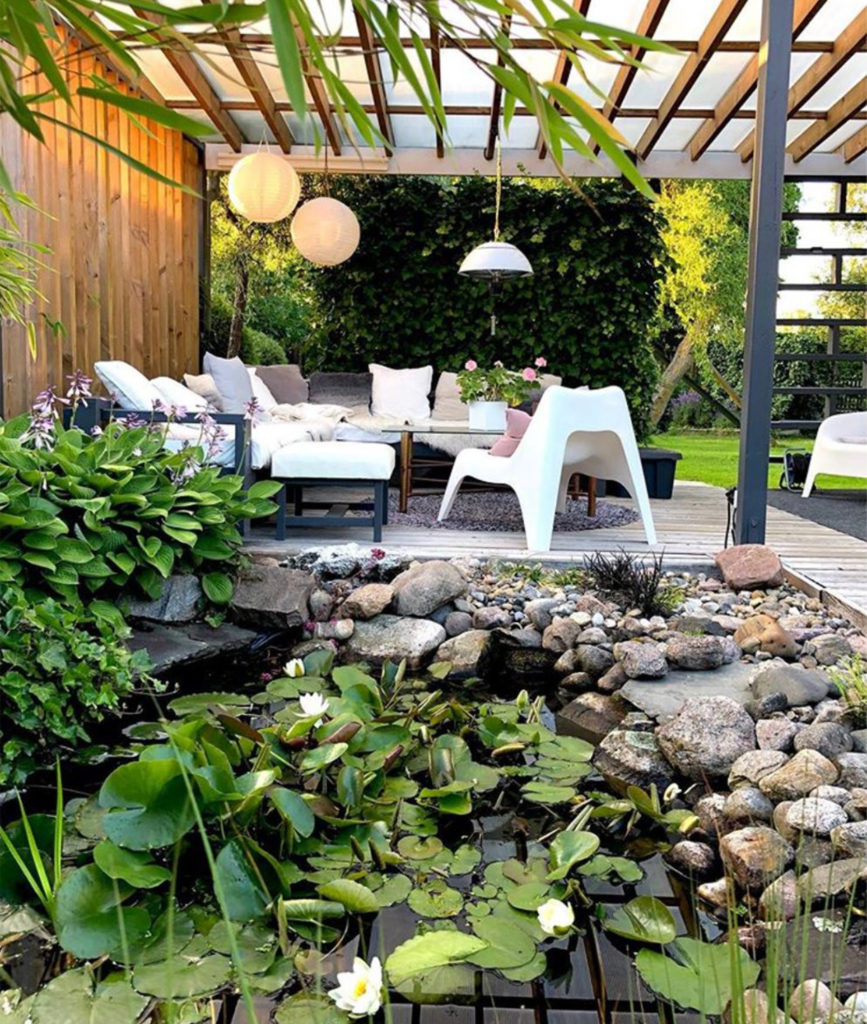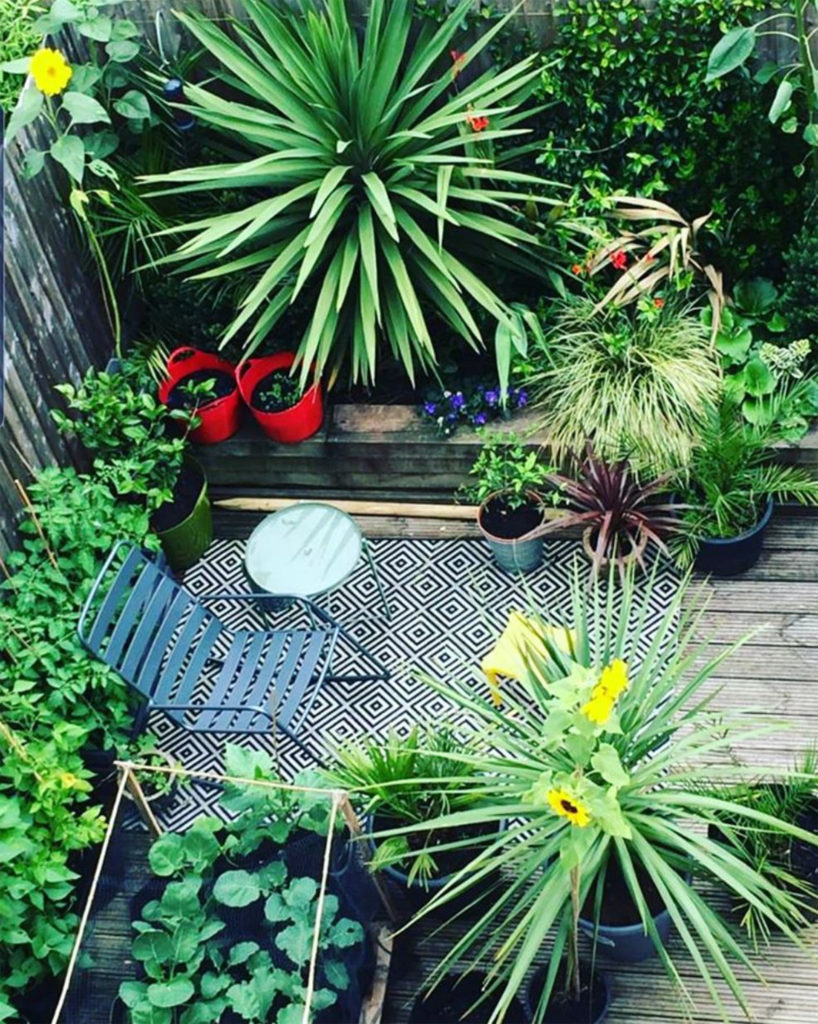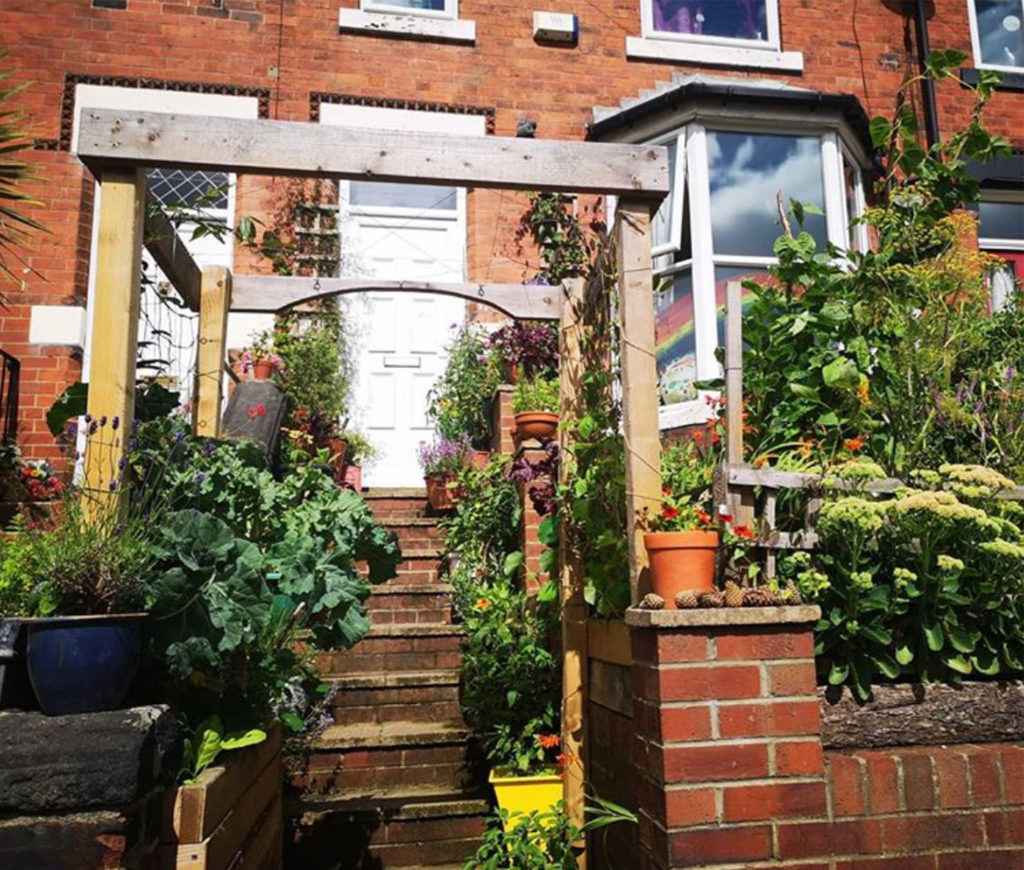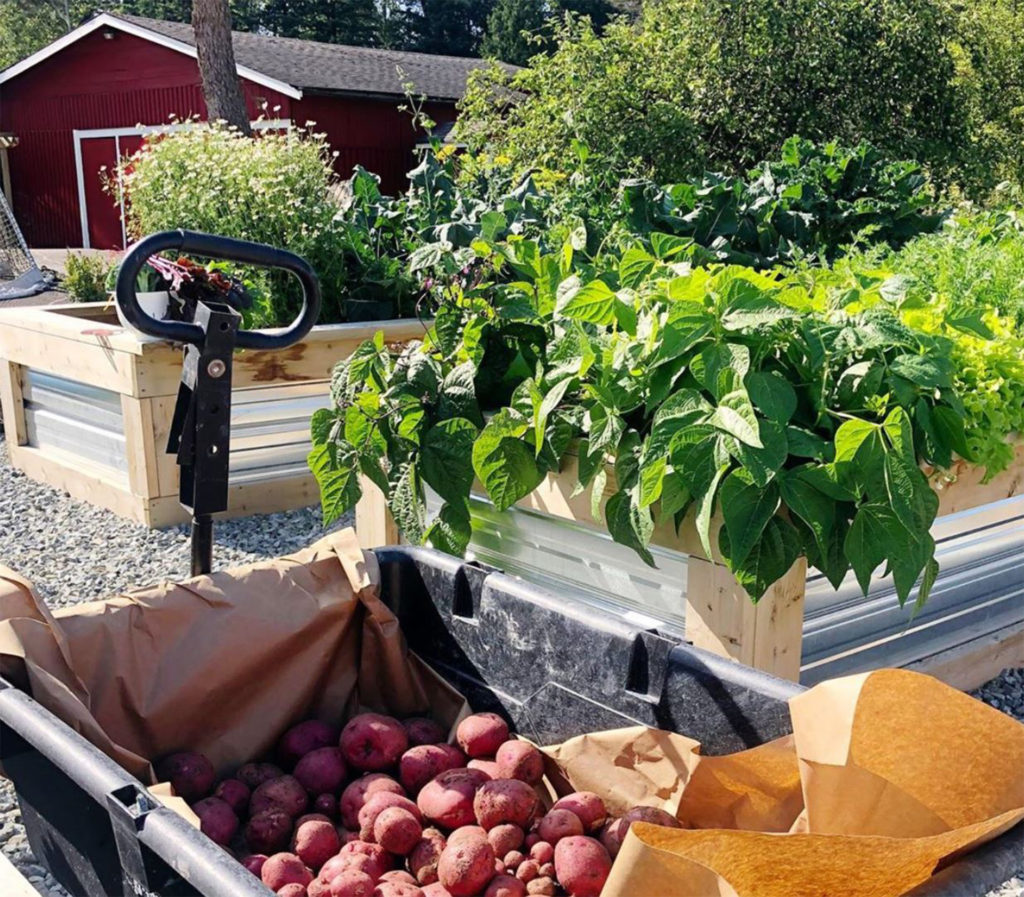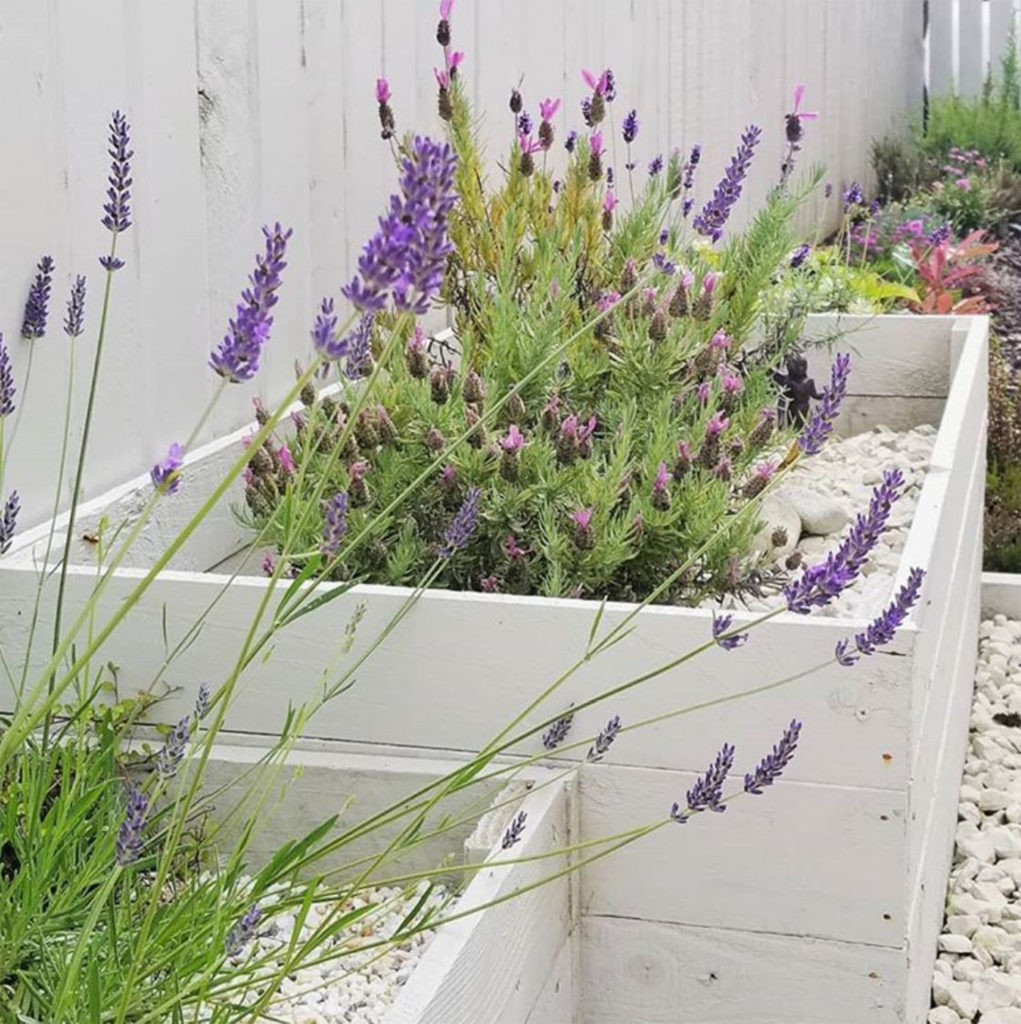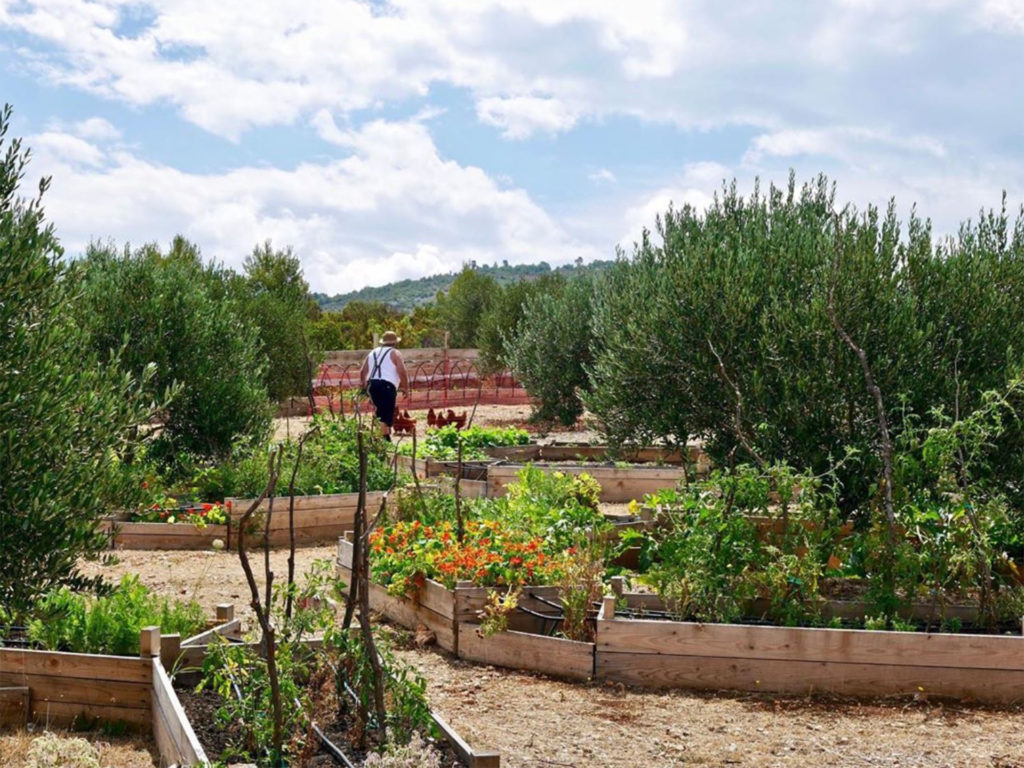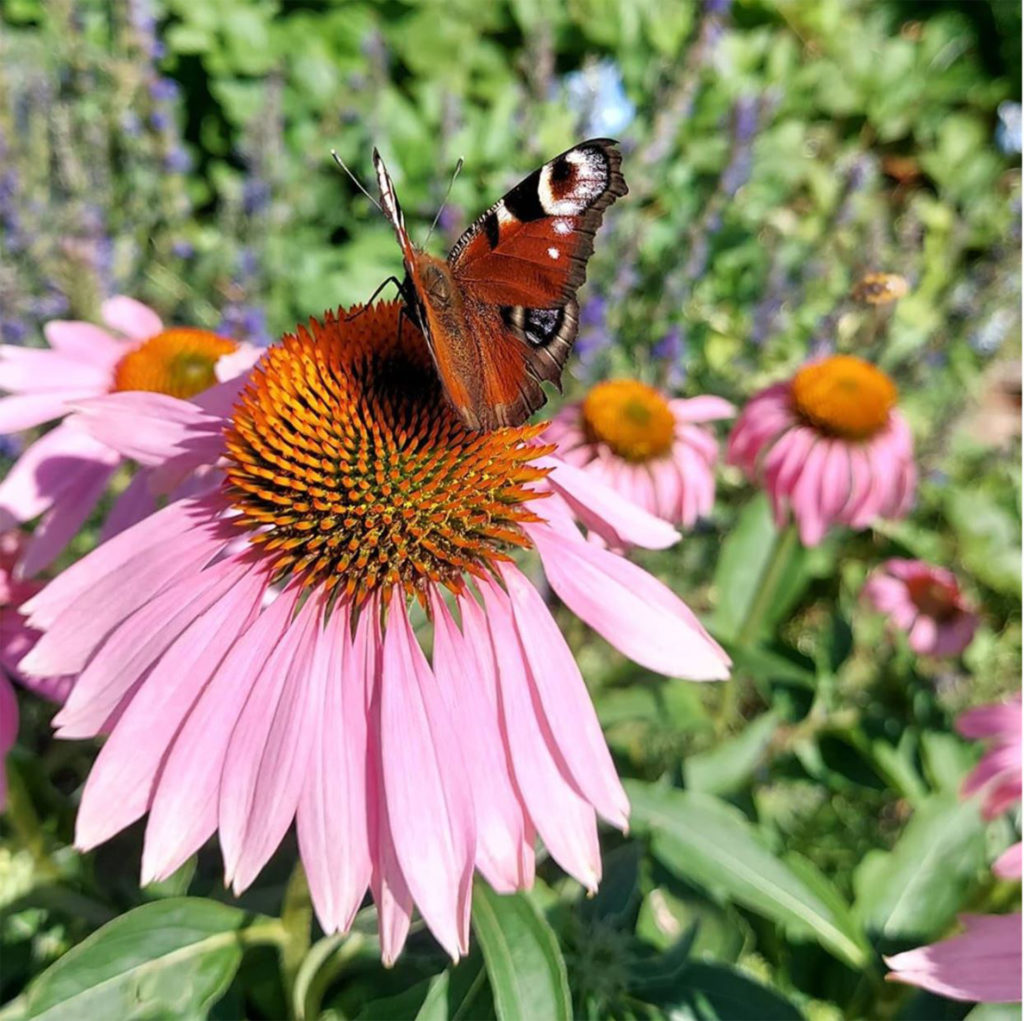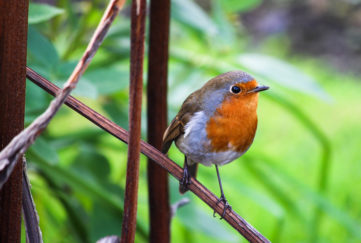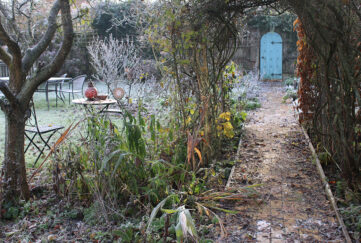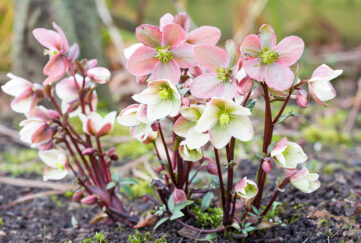How Gardens Helped Us During Lockdown – And Top 6 Trends For 2021
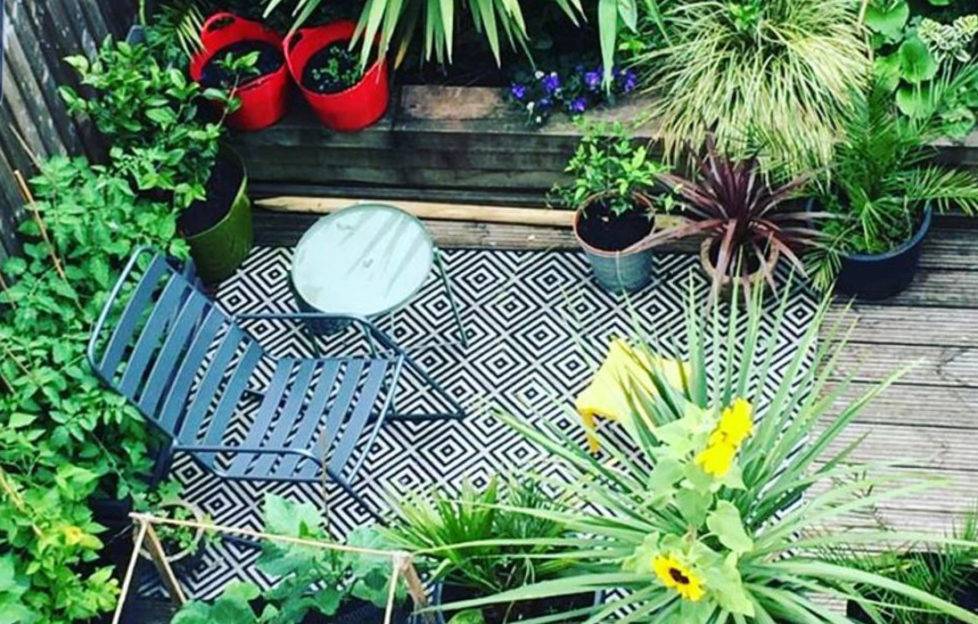
Gardens and outdoor spaces played a vital role in the physical and mental health and wellbeing of the nation during lockdown, a new report from the National Garden Scheme has found.
Meanwhile the experts at Love the Garden believe they have uncovered the gardening trends set to catch the public imagination in 2021.
NGS chief executive George Plumptre said, “From the responses to our Virtual Garden Visits during lockdown, we knew that gardens – real and virtual – were playing a significant role in people’s lives.
“In August, we ran an online survey. Over 2,400 people responded giving us a set of key statistics which confirmed much of the feedback. This was that access to gardens and green spaces can play a vital role in our ability to cope in times of crisis.”
Key findings of the NGS study were that, during lockdown:
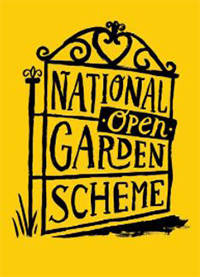 92% said their gardens and outdoor spaces were ‘extremely important’ for their health and wellbeing.
92% said their gardens and outdoor spaces were ‘extremely important’ for their health and wellbeing.- 86% said they used their gardens more.
- 87% said access to their garden/outdoor space helped relieve stress.
- All 35 respondents with balconies or window boxes said a key benefit was reduced stress. All were in an urban or suburban environment.
- 95% of respondents with access only to a public outdoor space said it helped relieve stress (87% overall).
- 78% said access to their outdoor space helped them appreciate nature.
- 69% said it contributed positively to their physical fitness.
- 81% spent time growing and propagating seeds and 70% grew their own produce.
Enjoying time to watch and encourage wildlife, connecting with neighbours ‘over the garden gate’, completing overdue garden projects and enjoying the sanctuary of their outdoor spaces were common themes in the long responses.
Up And Coming Garden Trends For Next Year
The experts at Love the Garden have analysed more than 100 different garden-related hashtags on Instagram to uncover the trends most likely to take root and flourish in 2021.
The study shows that #balconygardening, #wildgarden and #insideoutside are the top 3 trends set to dominate our social media feeds next year. Our love for succulents and container gardens will make way for raised plant bed schemes and a desire to garden naturally via permaculture techniques.
Balcony Gardening (96,817 hashtags)
One in eight households in the UK have no access to a private or shared garden. What many living in urban areas do have is a little outdoor space high above the city. Balconies make the perfect space for a garden – you just have to know what to do with it. Balcony gardening is the top up-and-coming gardening trend right now.
How to get the look: You have plenty of choice to make this functional space really come alive, whether you opt to make the most of any wood on your balcony, go for minimalist design, or choose to go all out wildlife oasis.
Plants to use: The plants you’ll need will depend on your chosen look. But by opting for the likes of jasmine, lavender, foxglove, bamboo, eucalyptus, snake plants and peace lilies, you won’t go wrong.
Wild Gardens (91,777 hashtags)
For many people this year, gone are the days of pruning, mowing and meticulous garden maintenance. The second biggest trend in our up and coming list is the wild garden. Looks like it really is time to go wild.
How to get the look: A wild garden that encourages wildlife will rely on a few key things. First are wildlife-friendly plants, as well as plenty of water. To really get the look, aesthetically long wild grass is ideal, as are plant vines that ramble over fences or walls. These can hide human-made structures and create a romantic, untamed look in just a single season.
Plants to use: Single-flowering varieties of plants – or those similar to their original species form – are the best to encourage wildlife and insects. Open flowers are ideal for bees, butterflies and other pollinating insects.
Inside Outside (83,731 hashtags)
This trend has been taking London by storm in recent years. It’s no surprise to see it at number three on our list of up and coming garden trends.
How to get the look: The inside outside garden trend is all about creating flow from your inside space to your outdoor space, so one naturally flows into the other. The garden should feel like an extension of the home. Both your interior and exterior design must work in harmony.
Plants to use: Choose plants that work both indoors and out to create a transition between the living and outside space. Good options include geranium, boxwood and calla lily.
Tiny Gardens (80,752 hashtags)
While plenty of people in the UK don’t have a private garden or outside area, many that do have to make use of a tiny space. But just like those innovators making the most of small spaces indoors, the tiny garden trend is blooming at number four in our list.
How to get the look: With a tiny garden, it’s all about making the space look bigger. Options include growing up to use your vertical space, laying borders, having clear pathways, and creating specific zones or outdoor rooms.
Plants to use: Long flowering perennials like Geranium Rozanne, Geum ‘Totally Tangerine’, evergreens like Fatsia polycarpa, Sarcococca hookeriana var. digyna ‘Purple Stem’, and climbers will all do the job in your tiny garden space.
Raised Bed Gardens (78,910 hashtags)
“The obvious benefit of raised bed gardening is the height, preventing aches and pains from bending down and tending to a traditional garden bed. Additionally, keeping your crops up and away from pests like slugs, cats and foxes, prevent your crops from being attacked by any predators.
“A Vegepod is one example of a raised vegetable garden bed on the market which also comes with a commercial grade canopy to further keep your harvest protected.” – Alex @vegepod
How to get the look: By building a raised wooded garden bed, not only do you create a fantastic feature in your outside space, it’s an ideal option if you don’t have a lot of room. You can also gain better control over the soil, reduce soil compaction and care for your plants more easily. The choice of wood is up to you – for a real rustic look, old railway sleepers work well.
Plants to use: This really depends on you. You can use your raised flower beds to grow whatever plants or fruit and veg that you desire. The key point to remember about raised flower beds, as with any flower beds, is to choose plants that will work in the spot of your garden you opt for. It’s key to understand how the conditions will impact their potential to grow and thrive.
Permaculture Gardening (76,576 hashtags)
Now this really is a holistic approach to gardening. Permaculture gardening means “permanent agriculture” and it’s defined as working with natural forces – wind, sun, and water – to provide food, shelter, water, and whatever else your garden needs.
How to get the look: The key principle behind a permaculture garden is that you are replicating patterns of growth and harvest that occur naturally. Before you start re-imagining and planting, it’s key to design based on how you want to use the natural elements in your garden. Key design features also include stacking (just like in the forest), succession planting and companion planting. Remember, with permaculture gardening nothing is wasted.
Plants to use: Opt for annual vegetables like beans, peas, tomatoes, peppers and squash, while adding in plenty of flowers and greens to create a permaculture look. We also love sunflowers – they’re great to make use of the space.

